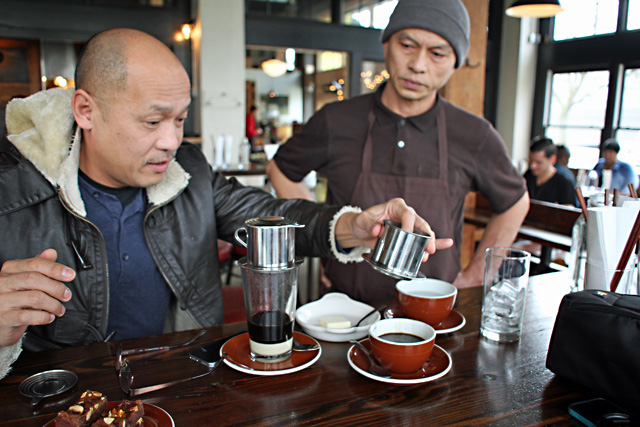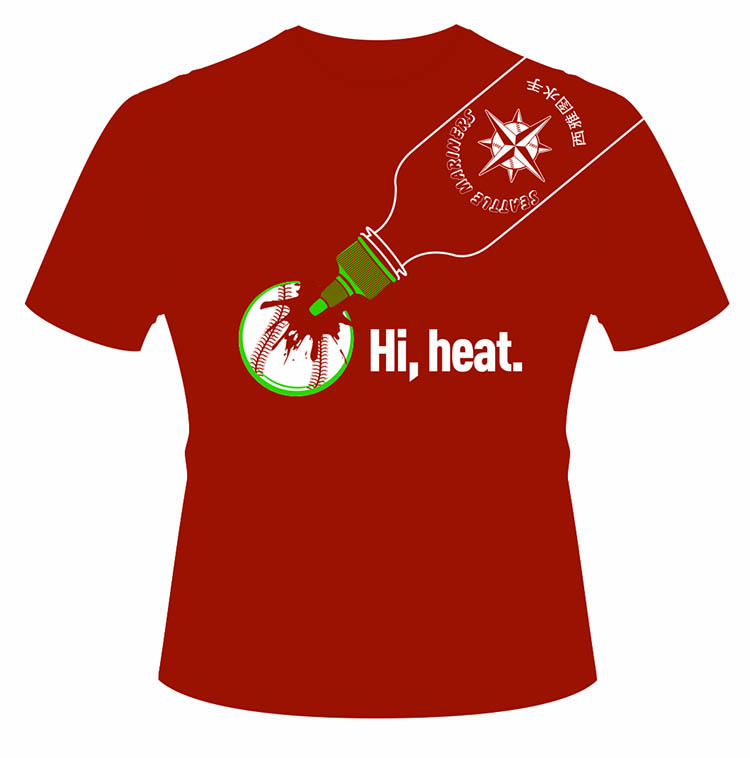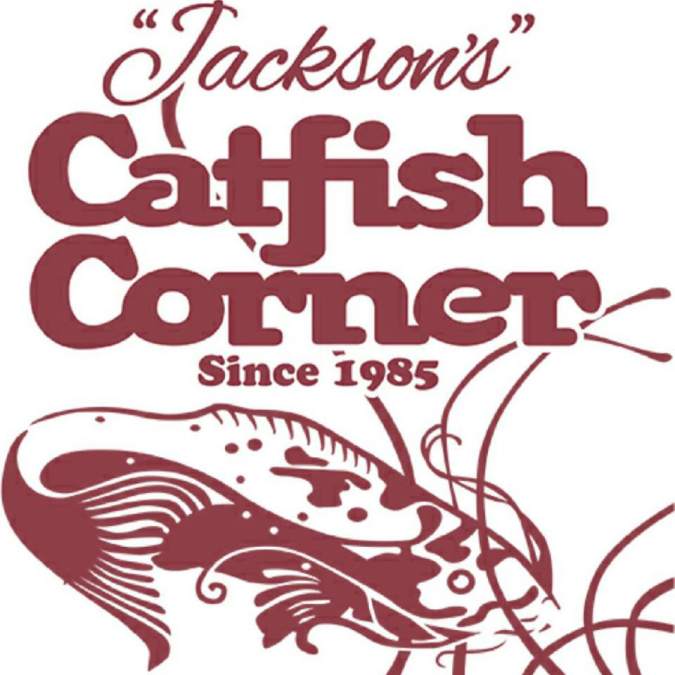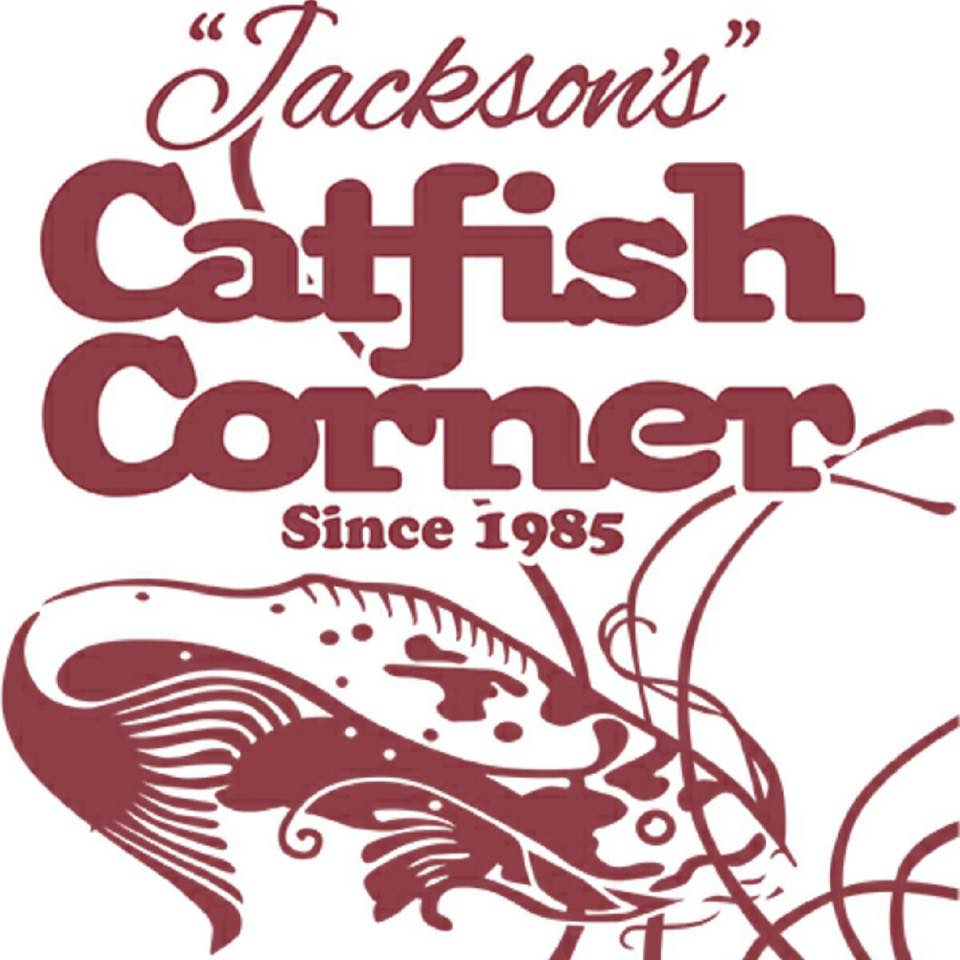Our fair city is known for a number of iconic foods—salmon, oysters, and the like—but coffee trumps them all. Several years ago I had my first proper Vietnamese coffee in Singapore, a delectable concoction of thick coffee slowly brewed, then stirred into a pool of sweet, rich condensed milk: a hypercaffeinated revelation. While I can get decent Vietnamese food in this town, I simply can’t find good Vietnamese coffee. So I called Eric Banh of Monsoon and Ba Bar to talk about the art of brewing proper Vietnamese coffee, and where in Seattle to get one.
SW:
When did coffee cultivation begin in Vietnam?
Banh: The French brought coffee in in the 1800’s when the country was colonized. It became a profit-generator for them. It was also nice for the local agrarian culture as it was sweet, it wired you, and kept you alert.
What are the main characteristics of Vietnamese coffee?
Everywhere I go people are using robusta beans—not Arabica, which is more refined and commonly used in espresso and filter coffee. Vietnam is the largest robusta producer in the world, and this is why the coffee is so strong. The only way to get away with using these overroasted, bitter, earthy coffees is to add sweetened condensed milk to them. The best way to put it is in comparison to wine: Arabica is like a fine Burgundy, robusta is like a burly Australian shiraz. I love the beautiful smell of the premium Arabica beans, and the bouquet is key for me.
How do you prefer to make it?
When I was trying out coffees to make here, I tested Sumatra beans and found that they were substantially more acidic. They turned sour once you added in ice. Then I tested a blend of beans from Caffe Vita, which is what we use here. They worked perfectly for what I wanted to achieve—a more finessed version of Vietnamese coffee. That said, using condensed milk with the Arabica beans just does not work as well as robusta. The nature of the roast is very delicate, and so we froth it up to create our own version that works. We put ice in the glass and stir it quickly to create a foamy, airy texture.
I cannot use robusta beans living in this town. There’s nothing wrong with the traditional version—it just doesn’t satisfy my palate. By combining the original concepts with the quality of beans we have here, we create something that tastes pretty damned delicious.
What does Vietnamese coffee culture mean to you?
It’s a huge part of the Vietnamese culture. Bars aren’t social places there, and going to them carries a stigma—you are considered either an alcoholic or low-class. So instead you go to the cafe. You can sit, watch the slow drip of the coffee, and have a conversation—it replaces alcohol as a budget-fitting social tool. And it takes a minimum of an hour. It slows you down and acts as therapy to calm you down. I also love the romance and the slowness of it. I remember growing up in Saigon as a kid—people give you coffee at an early age. At 9 a.m. my dad would bring me to this place where we’d have this strong coffee, with a scoop of coconut ice cream, peanuts, and some coconut meat—it was awesome.
What makes good Vietnamese coffee?
Three things, in this order: a talented barista, the grinder, and the quality of the beans.
You have to be passionate about what you are making. The person making it needs to love what they are doing and has to want to make a great cup of coffee. A simple way to ruin Vietnamese coffee is to not tamp it down properly. If it’s too loose, it just drips through. The longer the coffee is in contact with the water, the more caffeine will be extracted. For it to be right, there must be one drop every two seconds.
Where can I go in Seattle to get the best?
Well, we do an espresso version here at Ba Bar, and we may bring back a traditional version in the future. Also, Saigon Deli in Little Saigon—they tamp the coffee down correctly and know how to do the job well. Hoang Lan on Beacon Hill does a nice job too.
food@seattleweekly.com








